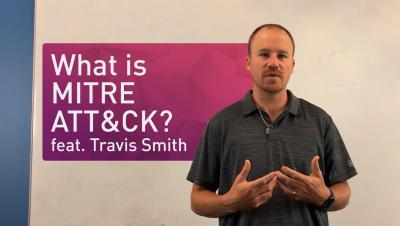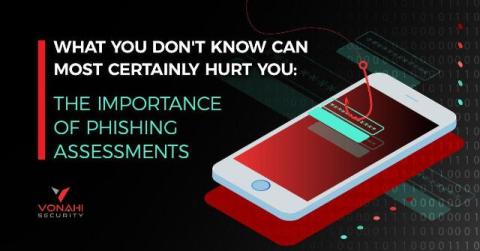Security | Threat Detection | Cyberattacks | DevSecOps | Compliance
%term
Being a CISO Isn't Just About Information Security - It's About Building a Stronger Business Strategy
Gone are the days when being a CISO (or even just ‘the security guy’) was about actual information security or IT security. Even the term IT security is outdated now, as it emphasizes a one-dimensional view of what security is really about. However, I digress…
Forensics in the Cloud: What You Need to Know
Cloud computing has transformed the IT industry, as services can now be deployed in a fraction of the time that it used to take. Scalable computing solutions have spawned large cloud computing companies such as Amazon Web Services (AWS), Google Cloud and Microsoft Azure.
The Next-gen Cloud SIEM Must Empower Analysts
Digital transformation is creating rapidly growing volumes of data, leading to new vulnerabilities and attack vectors. At the same time, adversaries are growing increasingly more sophisticated – consider the recent Capital One breach, or the Equifax breach. This combination of factors means SOCs are struggling to fulfill their critical mission of identifying and eliminating threats.
What You Don't Know Can Most Certainly Hurt You: The Importance of Phishing Assessments
Climbing the Vulnerability Management Mountain: Taking the First Steps Towards Enlightenment
Just as you would map a hike or climb by creating waypoints you plan to hit each day, you must plan your vulnerability management process by creating similar goals. We call these goals Maturity Levels, from ML0 to ML5, as we defined them in the last blog. You have your asset inventory from an open-source tool, asset tracking database or maybe your preferred vulnerability assessment tool. Now it is time to climb to the first waypoint ML0.
Introducing ZenGRC + ZenConnect
At Reciprocity, our mission has always been to simplify the way your organization manages risk and compliance, and to encourage transparency and trusted relationships with your key stakeholders. With ZenGRC, we delivered the industry’s best GRC solution and simplified a traditionally complicated tool to make it easy for CISOs, CROs and CCOs to manage their organization’s information security. Today, we are excited to announce our next massive milestone: ZenConnect.
Psychological Tricks of the Malware Trade
As a Professional Services Consultant, I have the pleasure of traveling all around the globe meeting clients and talking to a wide variety of IT security professionals who form the front line of defence against malware. One of my favorite topics is how people got their start in their careers in IT, but when I start discussing my own early years and touch upon my university studies, I’m often surprised by the number of people who do a double take when I share my chosen subject.
Protecting Modern IoMT Against Cybersecurity Challenges
Even though the healthcare industry has been slower to adopt Internet of Things technologies than other industries, the Internet of Medical Things (IoMT) is destined to transform how we keep people safe and healthy, especially as the demand for lowering healthcare costs increases. The Internet of Medical Things refers to the connected system of medical devices and applications that collect data that is then provided to healthcare IT systems through online computer networks.
What's the Difference between Malware and Viruses?
If you’re not in the IT industry, all the technical terms for malicious attacks on computer network systems can be confusing. It’s also pretty easy to think you know what you’re talking about but actually have not got it right. In today’s blog post, we’re going to tackle viruses and malware, a couple of the most-used terms when talking about email threat protection, and figure out how you can address them.







